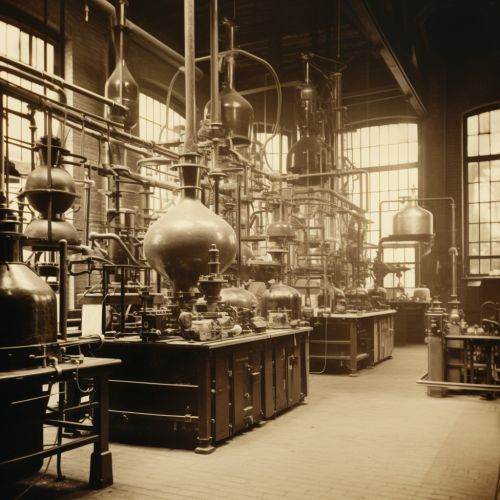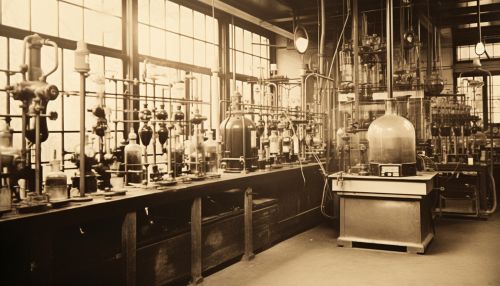Bakelite
History
Bakelite, also known as polyoxybenzylmethylenglycolanhydride, is a type of plastic that was first synthesized by Belgian-born American chemist Leo Baekeland in 1907. Baekeland was searching for a synthetic substitute for shellac, a natural resin secreted by the female lac bug, when he stumbled upon the formula for Bakelite. His discovery marked the beginning of the global plastics industry.


Properties and Production
Bakelite is a thermosetting phenol formaldehyde resin. It is produced by the reaction of phenol with formaldehyde, under heat and pressure, in the presence of a base catalyst. The resulting polymer is a hard, infusible, and chemically resistant material. Bakelite has a high mechanical strength, good heat resistance, and excellent electrical insulating properties, which made it particularly suitable for the emerging electrical and automobile industries.
Uses
Bakelite was used extensively in the first half of the 20th century for a wide range of items, from kitchenware and jewelry to radios and telephones. It was also used in the electrical, automotive, and aerospace industries. One of the most notable uses of Bakelite was in the production of the iconic black telephone of the 1930s and 1940s. Bakelite's ability to be molded into virtually any shape, its electrical nonconductivity, and heat-resistance made it an ideal material for many applications.
Impact and Legacy
The invention of Bakelite marked a turning point in the industrial age. It was the first synthetic plastic - a material that could be molded into countless shapes and forms, and which was not limited by the availability of natural resources. Bakelite paved the way for the development of more advanced plastics and polymers, transforming many industries and aspects of daily life. Today, Bakelite is considered a classic material, and vintage Bakelite items are highly sought after by collectors.
